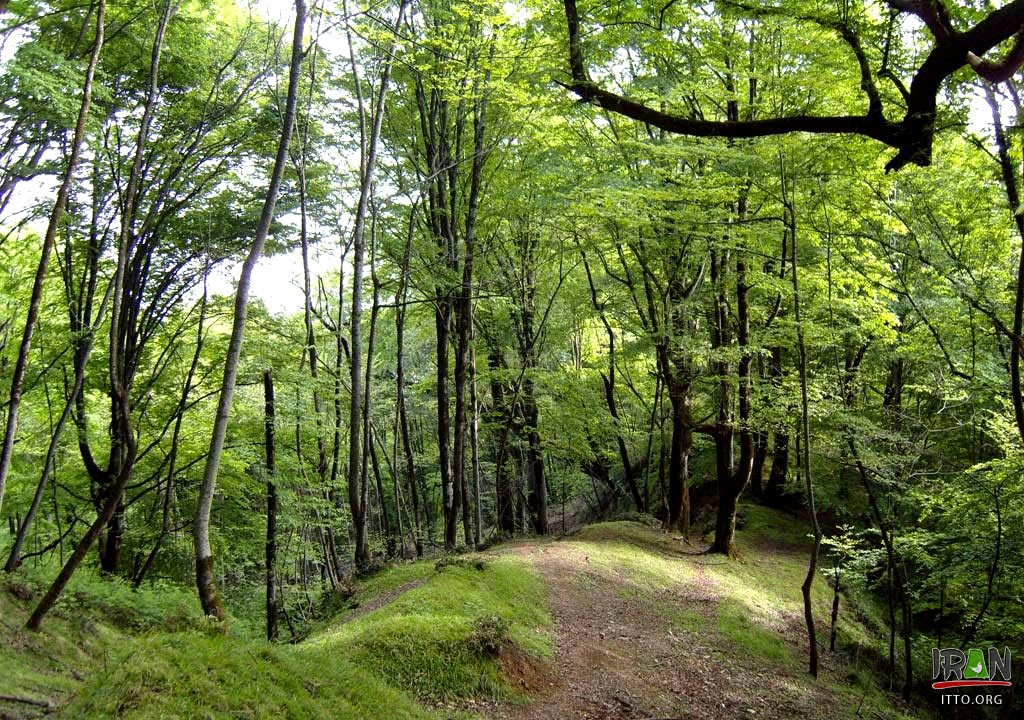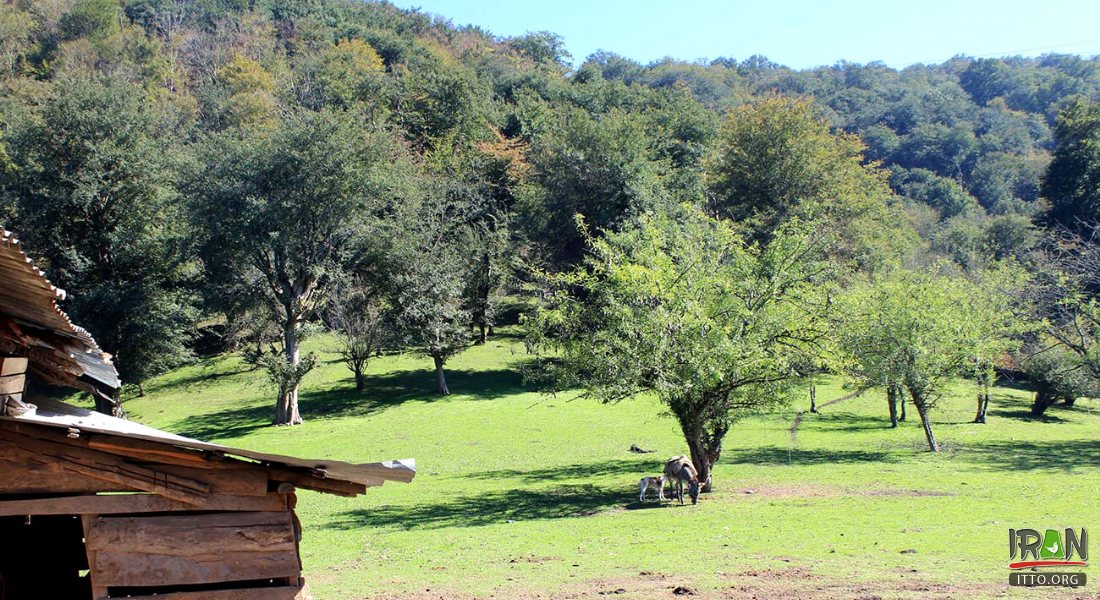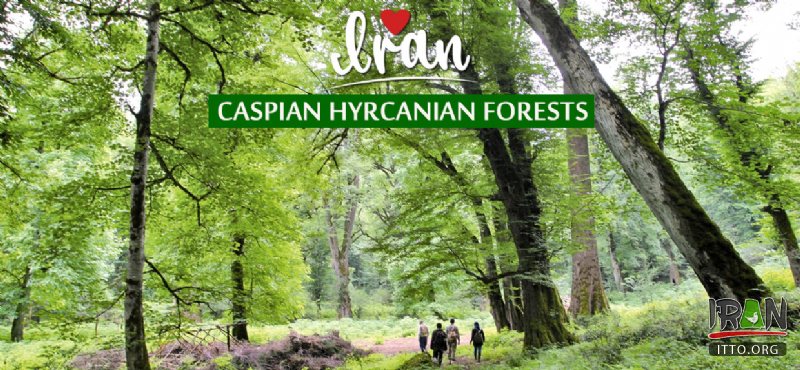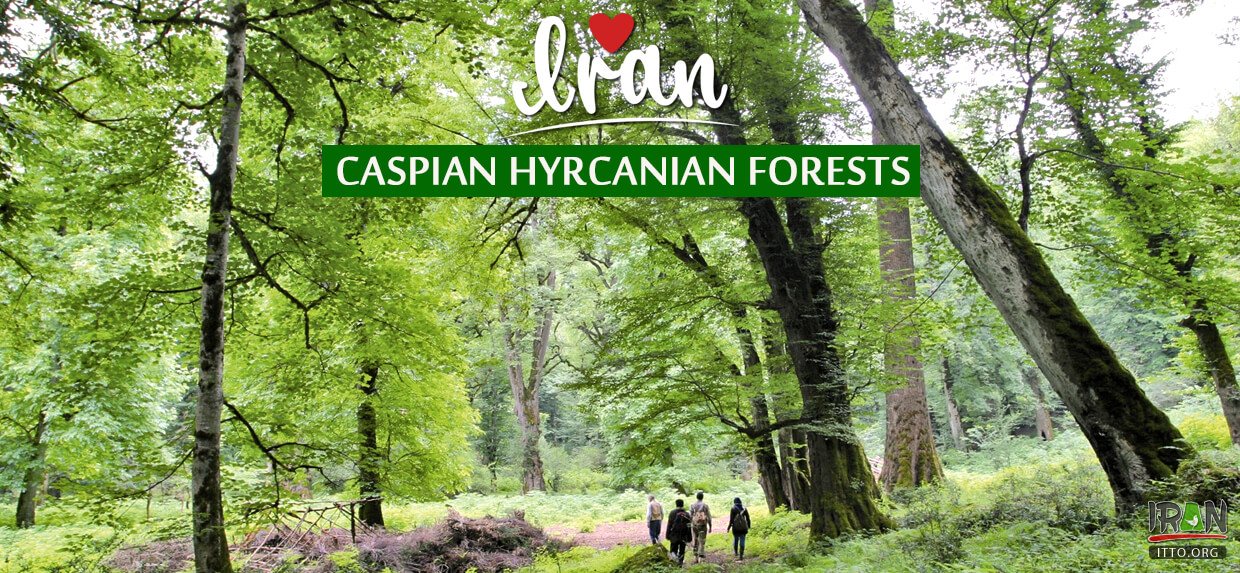Iran on Thursday held a ceremony to officially celebrate Hyrcanian Forests for being designated as a World Heritage site. Experts say that parts of the woodland date back some 50 million years.
Cultural Heritage, Tourism, and Handicrafts Minister Ali-Asghar Mounesan, Finance and Economic Affairs Minister Farhad Dejpasand, as well as several provincial and local officials attended a ceremony which was held in Babolsar, Mazandaran province.
According to organizers, the celebration was intended to introduce this “national wealth and world heritage” to all strata of the Iranian society.
“Other goals of the celebration are to create sympathy for the Hyrcanian Forests as well as to inform people, especially in the northern provinces, about how to protect these woodlands.”

The Hyrcanian Forests World Heritage property is situated in Iran, within the Caspian Hyrcanian mixed forests ecoregion.
Spanning from the south of Azerbaijan to about 850 km eastward to the provinces of Gilan, Mazandaran and Golestan, the Hyrcanian Forests are witnesses of the ancient forests of the world estimated to be survived for a long period spanning 35 and 50 million years.
The inclusion was unanimously approved in early July by experts at the 43rd session of the UNESCO World Heritage Committee. “Hyrcanian Forests” was in fact the country’s second natural site gaining such a recognition after the Lut Desert.
Ramezan-Ali Qaemi, the director of the World Heritage in Golestan, said earlier in November that the Hyrcanian Forests are witnesses of the ancient forests of the world since they have survived between 35 and 50 million years.
“There were similar forests in Europe and in areas of the former Soviet Union, but during the Ice Age, they were completely lost. So that it could be said that the Hyrcanians are the oldest (forests) in the world,” Qaemi noted.

Iran’s Hyrcanian Forest named UNESCO World Heritage site
According to UNESCO, the forest contains the most important and significant natural habitats for in-situ conservation of biological diversity, including those containing threatened species of outstanding universal value from the point of view of science or conservation. It also contains superlative natural phenomena or areas of exceptional natural beauty and aesthetic importance.



